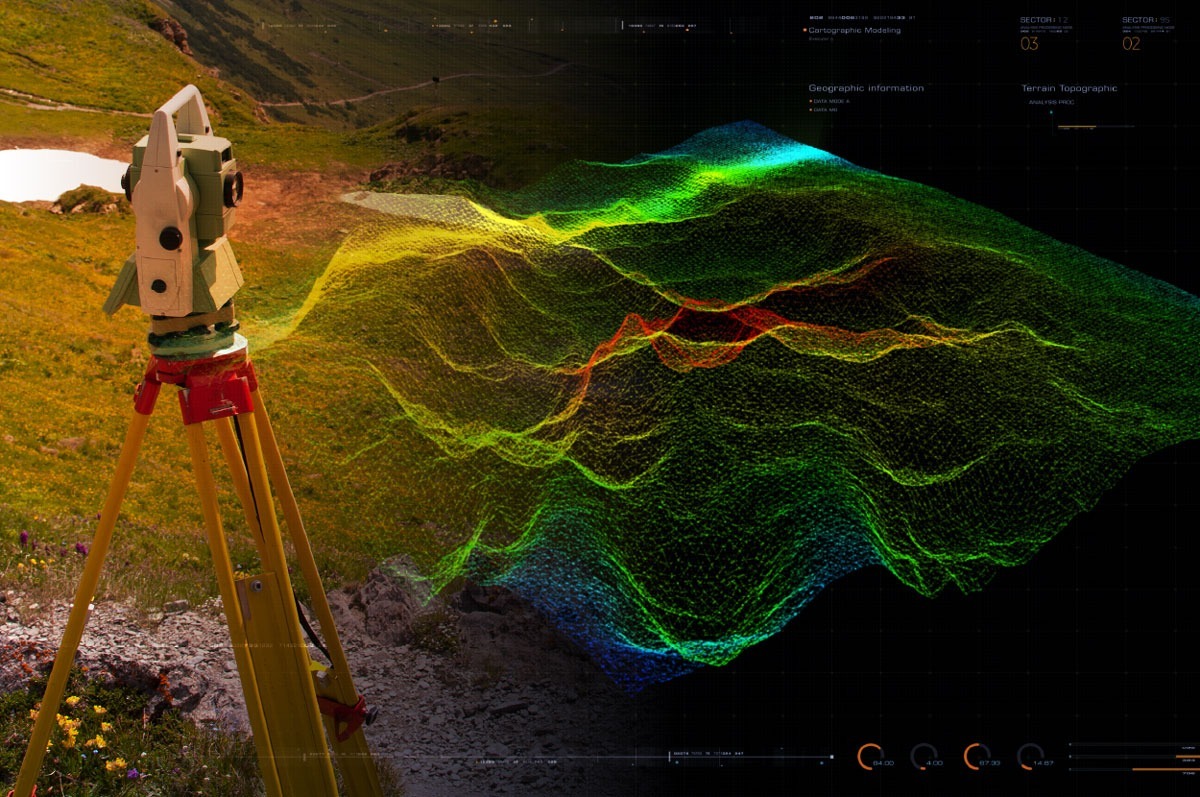Crucial Tools and Methods in Establishing Out Engineering
The discipline of establishing out design relies greatly on a collection of necessary devices and techniques that underpin the accuracy and effectiveness of project implementation. What ramifications does this hold for future design practices?
The Significance of Accurate Measurements

The relevance of accurate measurements expands beyond mere compliance; they are indispensable to the overall performance of engineering procedures. Inaccuracies can result in worldly waste, job delays, and raised labor costs, eventually impacting the project's lower line. Specific measurements enhance the high quality of the last item, ensuring that it carries out as meant and satisfies the expectations of stakeholders.
Moreover, the importance of accurate measurements appears in various design techniques, consisting of civil, mechanical, and electric engineering. Each area requires an one-of-a-kind strategy to dimension, yet the underlying requirement for accuracy continues to be consistent. As tasks come to be progressively complex, the reliance on precise measurements will only intensify, highlighting the need for continual innovations in dimension techniques and modern technologies. Hence, fostering a society that focuses on precision is essential for the future of engineering.
Vital Tools for Laying Out
Laying out, a critical phase in the engineering and construction procedure, depends greatly on specific devices that ensure accurate area and placement of structures. Amongst these tools, the land surveyor's level sticks out, supplying precise horizontal dimensions important for establishing reference points. This tool enables designers to determine altitude adjustments and maintain uniformity across the job site.
The total amount station is another vital tool, incorporating digital range dimension with angular dimension capacities. This technology improves effectiveness and accuracy in catching spatial data, permitting effective site layout and planning.
Furthermore, using gauging tapes and noting devices, such as chalk lines or stakes, is fundamental for briefly noting boundaries and crucial points on the site. These basic tools, though straightforward, are essential for making sure clear interaction among the building and construction team regarding project specifications.
Finally, GPS innovation has actually gotten traction in establishing out procedures, providing real-time placing information and significantly enhancing precision over standard techniques. Collectively, these essential devices create the foundation of reliable establishing out methods, inevitably adding to the effective execution of engineering and building projects.
Advanced Surveying Techniques
Advanced evaluating techniques play a critical function in enhancing the accuracy and effectiveness of design tasks. These methods include a range of methodologies that offer accurate information for style and construction. Typical approaches, such as progressing and triangulation, have actually progressed right into more innovative techniques, including Complete Station surveys and International Navigating Satellite Systems (GNSS)
Complete Terminal gadgets integrate digital theodolites with distance dimension abilities, enabling surveyors to accumulate specific location data with great rate. This technology considerably reduces errors associated with hand-operated measurements and supplies real-time data processing. GNSS provides unparalleled precision for large tasks by making use of satellite signals to establish precise positioning, which is crucial for making sure and aligning frameworks compliance with style specs.
Along with these devices, progressed methods additionally incorporate geospatial analysis and 3D modeling. These approaches allow engineers to picture surface and site conditions much more successfully, facilitating better decision-making throughout the preparation stage. By employing these sophisticated evaluating strategies, engineering projects can achieve higher accuracy in format, lower rework, and inevitably enhance total project success.
Digital Technology in Engineering
The integration of digital innovation has actually changed design techniques, enhancing both efficiency and accuracy across various disciplines. Devices such as Structure Details Modeling (BIM) assist in the visualization and administration of complicated tasks, allowing designers to team up flawlessly and make notified choices. This modern technology allows the development of comprehensive 3D versions, which can be examined for structural integrity and performance prior to building begins.

The application of artificial knowledge and artificial intelligence in engineering procedures additionally improves predictive upkeep and optimization of resources. These technologies make it possible for the evaluation of huge data collections, leading to far better forecasting and improved job results. Generally, digital modern technology is reshaping the design landscape, driving innovation, and guaranteeing that tasks are completed with better effectiveness and decreased danger. As the sector continues to evolve, accepting these tools will certainly be crucial for future success.
Finest Practices for Execution
When executing electronic modern technology in engineering, it is vital to develop a calculated strategy that straightens with project objectives and business capacities. A comprehensive analysis of existing operations and technology facilities is vital to identify voids and possibilities for enhancement. Involving stakeholders early at the same time fosters partnership and ensures that the modern technology fulfills user requirements.

Job supervisors must adopt an iterative application method, permitting for adjustments based upon real-time responses and performance evaluations. This active approach not only alleviates risks however also promotes constant enhancement by including lessons discovered.
Verdict
To conclude, the integration of vital Source devices and progressed strategies in laying out design is important for making sure precision in dimensions and effective task implementation. Utilizing instruments such as property surveyor's degrees, total terminals, and GPS modern technology, together with modern evaluating approaches, boosts precision and minimizes the chance of errors. Taking on ideal methods in execution further enhances these procedures, inevitably fostering improved task outcomes in the engineering and building and construction fields.
The self-control of setting out engineering counts heavily on a collection of essential tools and strategies that underpin the precision and efficiency of project implementation.In addition, the value of precise dimensions is apparent in numerous design self-controls, including civil, mechanical, and electric design. By using these innovative checking techniques, design jobs can achieve greater precision in design, decrease rework, and inevitably enhance overall task success.
In general, electronic innovation is improving the engineering landscape, driving technology, and making certain that jobs are finished with higher performance and reduced danger (setting out engineering).In conclusion, the useful reference combination of essential devices and progressed techniques in establishing out design is important for making certain accuracy in measurements and effective project implementation